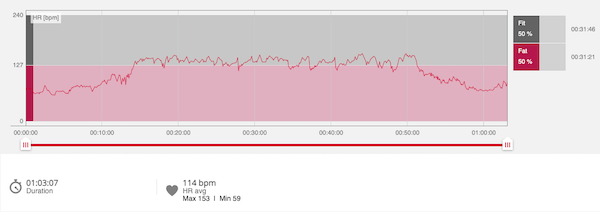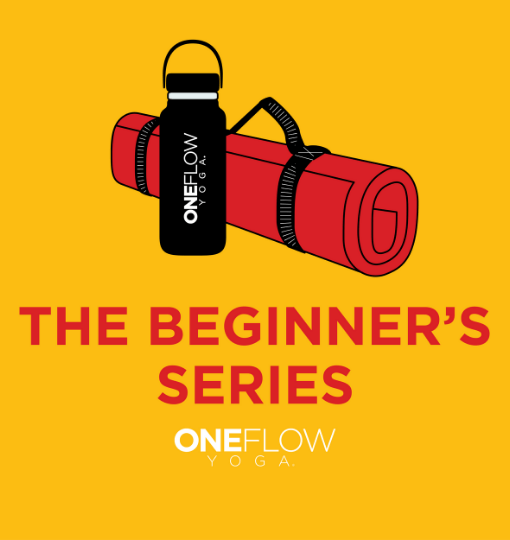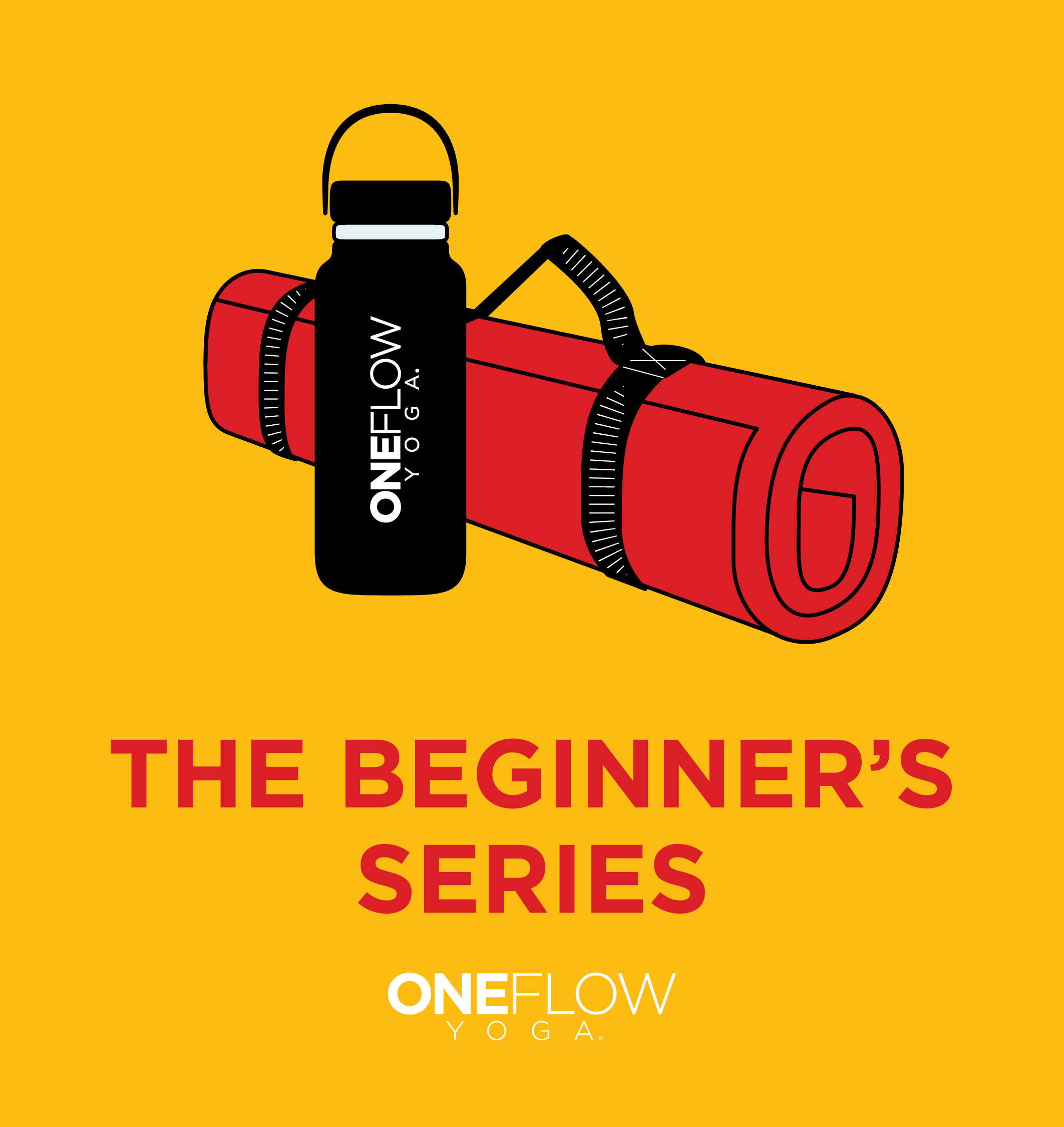You already know yoga calms your mind and relieves your stress but will it also give you a blood pumping, leg shaking, heart-pounding workout? Can yoga be the one physical activity where you get cardio, strength, and consciousness?
Yes, yoga can be considered cardio and thus improve your fitness level if you practice certain forms, like vinyasa yoga, for a minimum of 45 minutes, 3-5 times weekly.
Instead of hedging, I’m going to share exactly how to practice yoga to get a cardio benefit.
The challenge in writing about cardio is that often it turns into a page that looks like it was ripped out of a high school chemistry textbook with Vo2 max and heart rate percentages. I’ll keep that to a minimum while ensuring you don’t miss anything important.
What is Cardio?
For the definition of cardio, we turn to the American College of Sports Medicine (ACSM), which is considered the “gold standard” on exercise science and recommendations. It partners with the Centers for Disease Control to develop “The Physical Guidelines of Americans.”
Definition of Cardio
Cardio means cardiorespiratory fitness or CRF. It is the:
“Ability of your body to pump enough blood and deliver enough oxygen to your muscles as you are sustaining your exercise”
It is a way of talking about your physical activity related to your health. The healthier and fitter you are, the longer you can exercise at a constant rate. By increasing your cardiorespiratory fitness level, you also take the daily load off your heart and thus live longer.
Cardiorespiratory fitness, measured in Vo2 max, which describes how much oxygen you are using during exercise, combines both your heart and lungs’ efforts. Some factors that make up your level of cardio fitness are not changeable, such as your gender, age, and genetic background.
| Gender | Men tend to have higher levels, but the gap narrows as people age. |
| Age | Vo2 max typically decreases by 10% per decade. |
But, the factor you can improve is your relationship with exercise, in this case, yoga. Practicing yoga in a smart way can strengthen your heart and lungs and improve your cardio fitness level.
Side note: When people speak of cardio, they might also be referring to cardiovascular fitness. It is a related term but refers only to your heart and corresponding blood vessels’ ability to deliver blood during a workout. The lungs are not included, so it’s not as helpful because how you breathe matters.

Difference Between Aerobic and Anaerobic
Any discussion of fitness level must address the difference between aerobic and anaerobic exercise.
- Aerobic “with oxygen”.
- Anaerobic “without oxygen”
The ACSM defines aerobic exercise as “any activity that uses large muscle groups that can be maintained continuously and is rhythmic in nature.“ Examples are cycling, dancing, hiking, running, and yes, yoga.
We focus on aerobic exercise because it’s been found to predict longevity, which encompasses your life’s quality and quantity. And another benefit, aerobic exercise burns calories.
Aerobic and anaerobic exercise are two completely different ways of how your body gets energy. Aerobic provides the oxygen to generate energy on an ongoing basis. Anaerobic, by contrast, only has enough energy for 90 seconds max. Examples of anaerobic exercises are weight lifting and sprinting.
Two Types of Cardio
If you read exercise literature, the aerobic and anaerobic discussion is spoken about in two different ways, HIIT and steady-state.
HIIT stands for high-intensity interval training and is the new kid on the block. It is characterized by an intense, all-out effort. You’re not going to accidentally wander into HIIT because these workouts are exhausting and sometimes nauseating. You’re legs burn, and your breath gets short. And because HIIT relies on a different system to produce energy, you can only do it for a very brief period; thus, the workouts are shorter. HIIT can also boost your metabolism.
But, HIIT is not effective at improving your aerobic or cardiorespiratory fitness. And because the workouts are so stressful on your body, they are only meant to be done a couple of times a week.
Aerobic exercise is referred to as steady-state because it is continuous and even. This is the most common type of cardio and is so popular because:
- You can exercise longer.
- It is easier to do daily.
- It is easier to avoid injuries.
Elite athletes follow the formula of 80-90% steady-state workouts and 10% HIIT.
The 3 Factors in Cardio
Three factors determine how effective your cardio workout is at improving fitness. They are:
- Frequency: how often you work out or practice.
- Intensity: how hard you work out.
- Duration: how long you work out
Centers for Disease Control Cardio Recommendations
The goal of these recommendations is to keep you healthy.
Adults 18-64
- At least 150 minutes a week of moderate-intensity, such as brisk walking.
- At least 2 days a week of activities that strengthen muscles.
Older adults 65+
Adds activities to improve balance, such as standing on one foot.
Minimum Recommendations:
- Frequency 3-5 times per week
- Intensity: Moderate
- Duration: 150 total minimum
The CDC says the total amount of physical activity per week is the most important measurement. While 150 minutes is the minimum, a better goal is 300 minutes.
As a person moves from 150 minutes a week toward 300 minutes a week, the health benefits become more extensive.
Centers for Disease Control
How Intense is Yoga?
While frequency and duration are self-explanatory, the question related to yoga and cardio is how intense yoga is. Does yoga qualify as moderately vigorous?
Intensity is measured in METs, “Metabolic equivalents of task”. Higher Mets indicate a more vigorous activity. But, the same activity can be done at different levels of intensity.
Walking is a perfect comparison to yoga.
METs “Metabolic Equivalents Values of Common Physical Activities Classified as Light, Moderate, or Vigorous Intensity.”
| 1.0-1.5 METs | Less than 3.0 METs | 3.0-5.9 METs | Greater Than 6.0 METs |
| Sedentary | Very light/light | Moderate | Vigorous |
| Sitting, watching TV, reading, driving | Walking slowly around home, store or office | Walking at a brisk pace | Walking at a very, very brisk pace or with grade |
METS give you a quick way to compare the intensity of different activities.
| 1.0-1.5 METs | Less than 3.0 METs | 3.0-5.9 METs | Greater Than 6.0 METs |
| Sedentary | Very light/light | Moderate | Vigorous |
| Restorative Yoga | Hatha Yoga | Vinyasa and Power Yoga | Sun Salutations |
The CDC considers yoga a “multicomponent physical activity“–one that is cardio, muscle-strengthening, and improves balance.
“Many different forms of yoga exist, and they range in intensity level from more meditative Hatha yoga to power yoga. For this reason, yoga may include time that would be characterized as light-intensity physical activity or as moderate-intensity physical activity. Yoga may also be considered both aerobic and muscle-strengthening, depending on the type and the postures practiced.”
The CDC offers one more call-out. Under “vigorous-intensity activities,” it lists high-intensity interval training, which yoga’s sun salutations can be, depending on the pace.
Intensity Based on Feeling
A more practical way to measure intensity is through “perceived exertion”.
The Mayo Clinic gives these guidelines for using feeling:
Moderate exercise intensity
Moderate activity feels somewhat hard.
- Your breathing quickens, but you’re not out of breath.
- You develop a light sweat after about 10 minutes of activity.
- You can carry on a conversation, but you can’t sing.
Vigorous exercise intensity
Vigorous activity feels challenging. Here are clues that your exercise intensity is at a vigorous level:
- Your breathing is deep and rapid.
- You develop a sweat after only a few minutes of activity.
- You can’t say more than a few words without pausing for breath.
As regular yoga practitioners, feeling is a reliable way to measure intensity. You can also gauge it by breathing. In moderate intensity, you should be able to breathe rhythmically in and out through your nose. Yes, that’s right, use Ujjayi breath to stay in the moderate zone.
You can also use tools, such as a heart rate monitor to get a data-driven result.
Intensity Based on Heart Rate
A heart rate monitor will be more objective. First, you need to know that chest strap heart rate monitors are more accurate than those that use light, such as your smartwatch.
I use the Polar H10 and pair it with my phone to get data. While I regularly use perceived exertion and breath to gauge my efforts, I like to check in to verify that what I’m feeling is accurate.
To use heart rate, you have to calculate your maximum heart rate:
Intensity measured as a percentage of your maximum heart rate.
Here’s the formula the ACSM uses to give you are a rough idea of your maximum heart rate (MHR)
220 minus your age = Maximum Heart Rate (MHR)
Guidelines for Moderate Intensity
- Group | Moderate Intensity
- Beginners | 50-65% MHR
- Intermediate | 60-75% MHR
- Established | 70-85% MHR
There is a difference from group to group because your heart gets stronger as you use it. As it gets stronger, you can work at a higher rate.
HIIT, by contrast, is between 80-95% of MHR.
The image below is my heart rate during a vinyasa class. Notice I spend almost 50% of my time in the cardiorespiratory fitness grey zone and 50% in the fat burn pink zone. This includes time at the beginning and end of class for a warm-up and cool-down.

Here is a simpler calculation for your ideal heart rate during cardio exercise:
subtract your age from 180.
This will keep you in an aerobic state and allow you to burn fat, recover faster, and exercise more.
Going more in-depth than that is unnecessary unless you are an elite athlete. However, if you’re interested, the Mayo Clinic will also tell you how to calculate heart rate reserve (HRR), which you can use to determine your target heart rate zone.
The Three Stages of Fitness
Again, back to the ACSM for the 3 stages of fitness progression. Knowing which fitness stage you are in can motivate and help you practice yoga and exercise effectively.
The three stages of fitness are:
- Initial
- Improvement
- Maintenance
The initial stage primes you for the exercise you are doing. And it’s the most challenging part because you are just beginning to build momentum. Once the ball is moving, it’s easier to keep it rolling.
Initial Stage: 4 weeks.
Goals: 30 minutes of continuous exercise by the end of the stage, 3x a week. Build your exercise habit.
During the next 4-5 months, your exercise leads to improvements in cardiorespiratory fitness. The work gets easier, and you start to see more results, like feeling better and stronger.
Improvement Stage: 4-5 months
Goals: Improve cardiorespiratory fitness level, 30+ minutes, 3-5x a week.
The maintenance stage begins in month 6 and allows you to protect your gains. You can expect to keep the same fitness level if you do the same workout 3x a week. If you want to continue to improve, you need to vary the frequency, duration, and intensity.
Maintenance Stage: 6 months and beyond
Goals: Maintain the level of fitness you worked so hard for.
If you stop practicing, you lose 50% of your cardio gains in only 4-12 weeks.
The Formula for Cardio Yoga
Put all of this together, and here is how to practice yoga to improve your cardiorespiratory fitness level.
| Type | Vinyasa Yoga or Power Yoga |
| Frequency | Practice 3-5 times a week. If you are newer, start with 2-3 times per week for the first 4 weeks. |
| Intensity | Moderate intensity based on your perceived exertion or maximum heart rate. |
| Duration | Start with 20-45 minute sessions and work up to 60-75 minute sessions. |
If you want to increase the intensity, add sun salutations or flow for 10 minutes.
Will yoga prepare you to run a marathon. No. But neither will cycling because the only thing that prepares you for running a marathon is marathon training.
However, can yoga improve your level of cardiorespiratory fitness? Absolutely.



